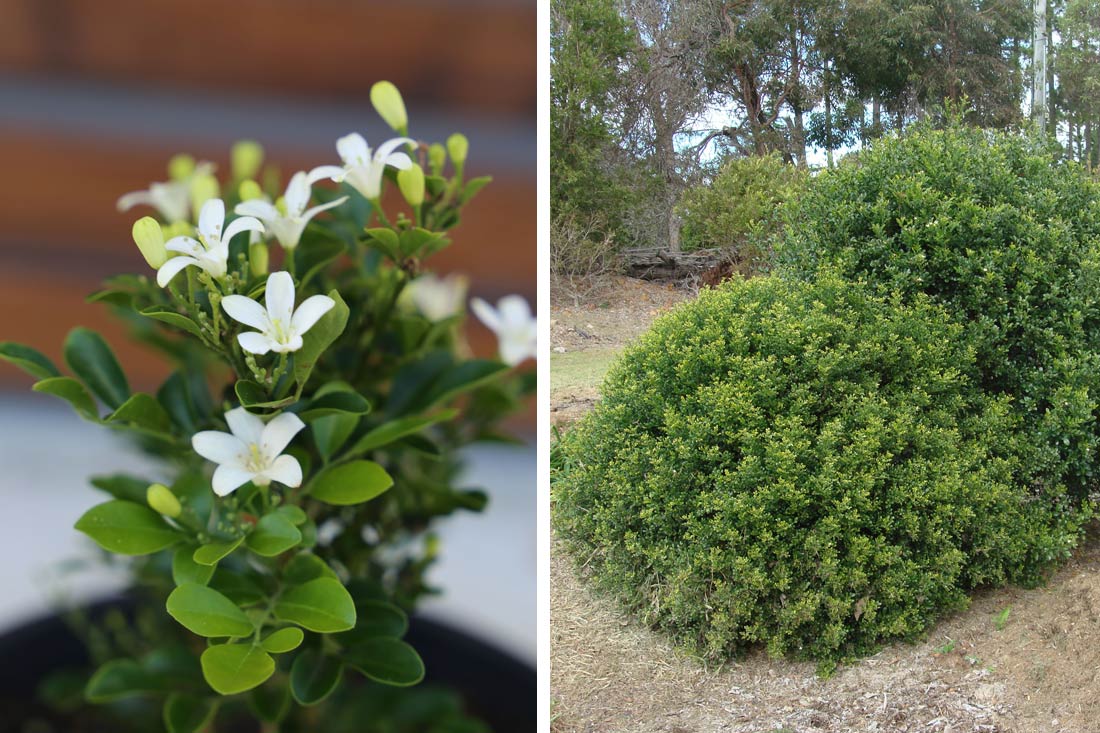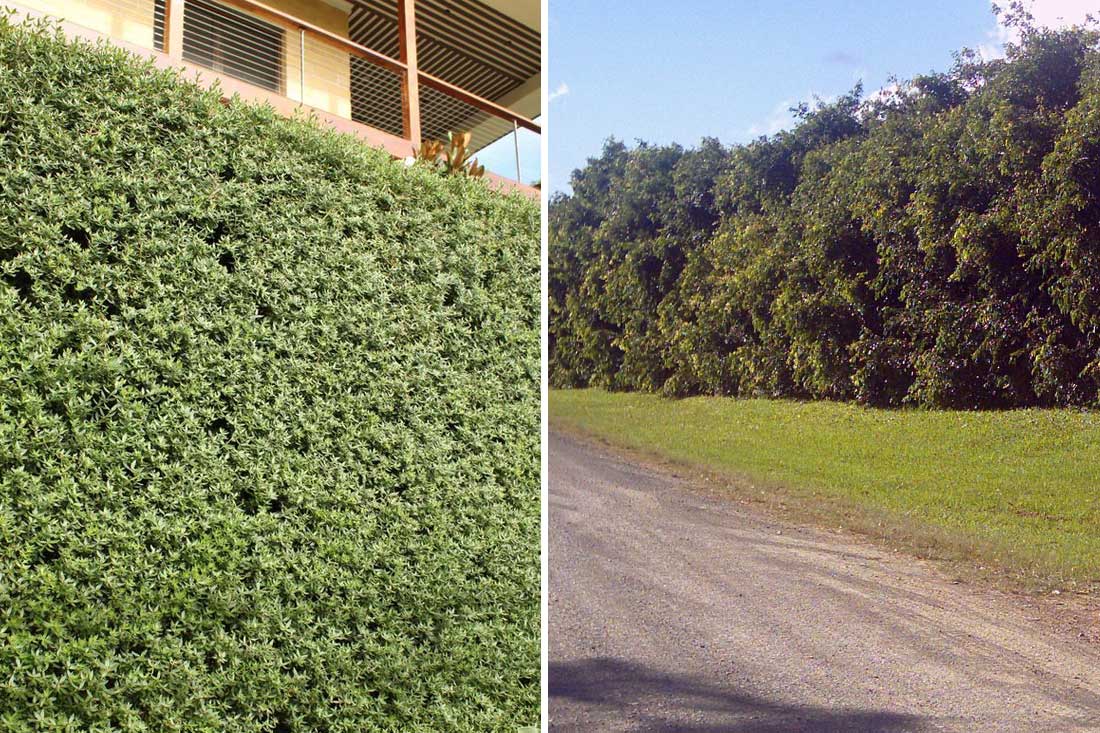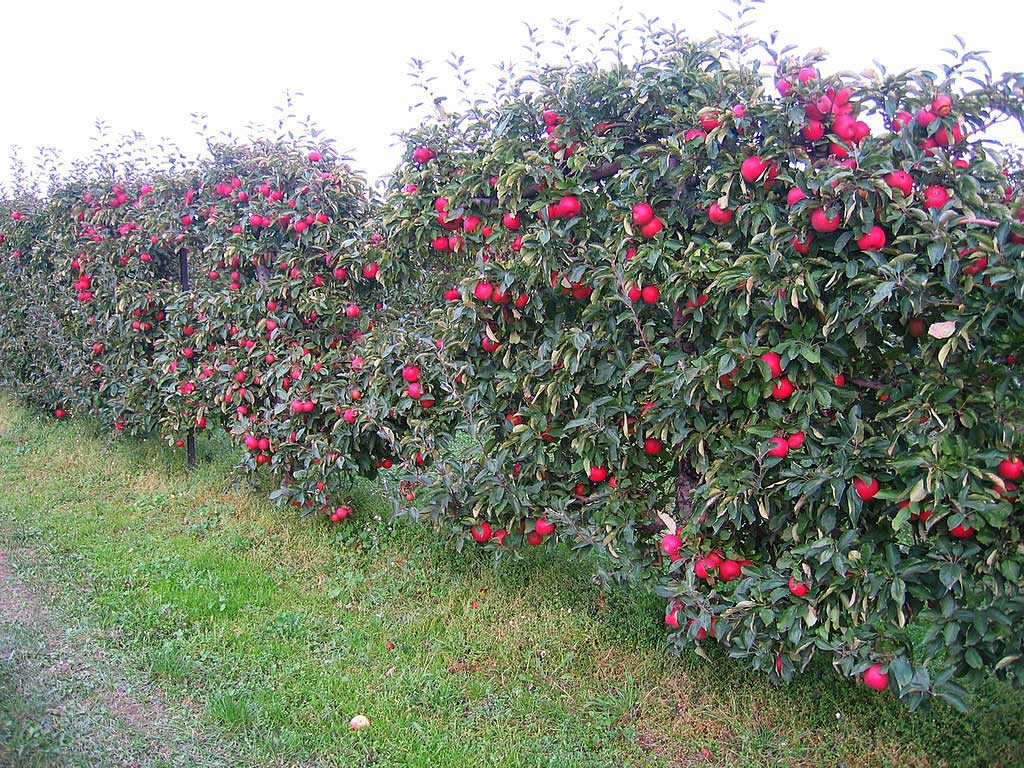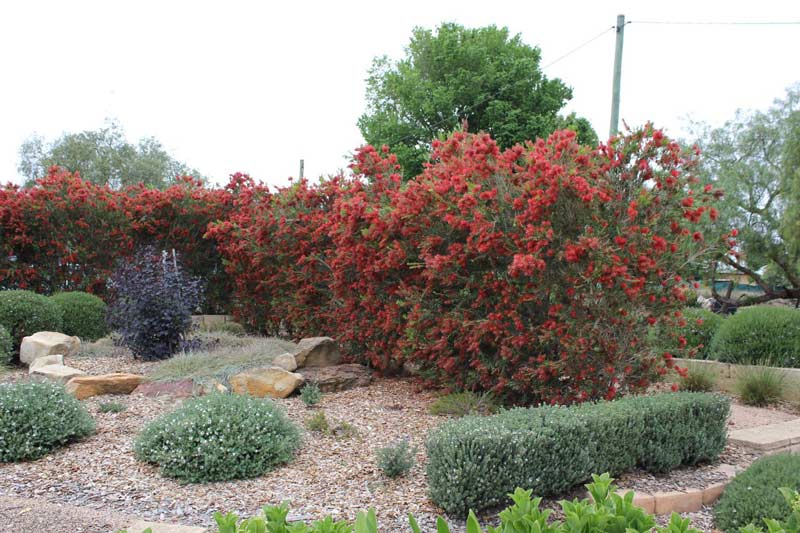Introduction
Have you ever wondered if bottlebrush trees and hedges shed their leaves during the winter months? Perhaps you’re specifically looking to plant an evergreen or deciduous tree or shrub to plant, or maybe you’re looking at a defoliating callistemon and wondering whether or not it’s normal.
Either way, this article answers the question: is it normal for bottlebrush trees and hedges (also known as Callistemon spp.) to lose their leaves?
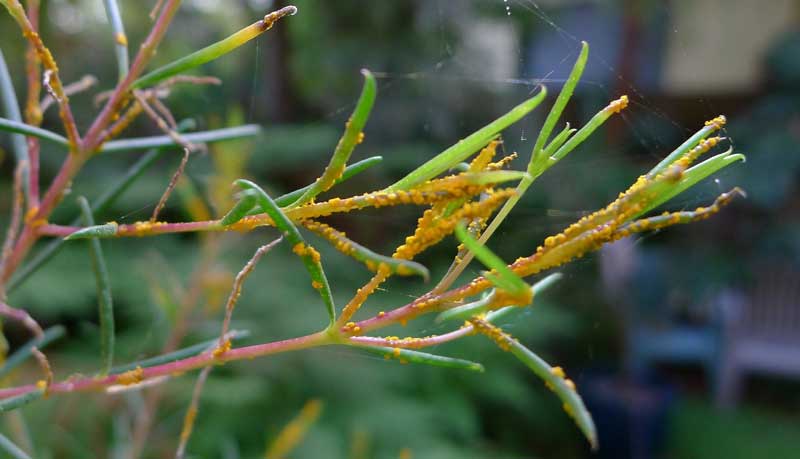
Diseases like myrtle rust can cause defoliation in callistemons and other closely-related plants, like this Geraldton wax. https://www.flickr.com/photos/31031835@N08/8593947727
Understanding Bottlebrush Plants
Bottlebrush plants are popular landscaping choices known for their evergreen foliage and unique bottlebrush-shaped flowers. Their thick, bushy growth habit makes them a favourite Australian native plant for hedges and screening.
They exhibit evergreen characteristics, maintaining their foliage throughout the year. So, no, they shouldn’t be losing their leaves. If they are losing leaves, something is going wrong.
Factors Influencing Leaf Loss in Winter
It’s not unusual, during winter, that factors such as temperature fluctuations, frost, or prolonged cold spells lead to some leaf shedding in healthy bottlebrush plants. The response to winter conditions can vary among different Callistemon varieties.
With that being said, bottlebrush plants are evergreen and they should still retain most of their foliage; even through winter.
Other Possible Reasons for Defoliation in Bottlebrush Plants
Environmental Stress
Exposure to extreme temperatures, drought, or sudden changes in environmental conditions can cause stress to the plant, leading to leaf drop.
Pests and Diseases
Infestations by pests like spider mites, scale insects, or diseases such as fungal infections can weaken the plant and result in leaf loss.
Nutrient Deficiency
Lack of essential nutrients like nitrogen, potassium, or iron can impact the plant’s health, resulting in yellowing and shedding of leaves.
Overwatering or Underwatering
Improper watering practices, such as overwatering causing root rot or underwatering leading to dehydration, can stress the plant and cause leaf drop.
Transplant Shock: When a bottlebrush plant is moved or replanted, it may undergo transplant shock, causing temporary leaf loss until it adjusts to its new environment.
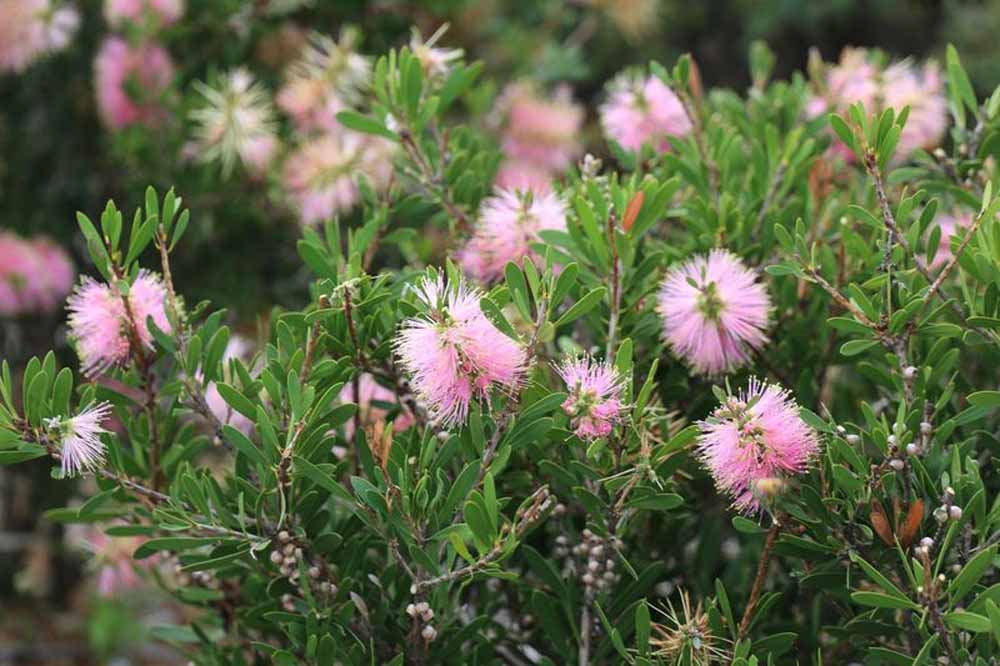
Healthy bottlebrush plants should be full of foliage at any time of the year. Sweet Burst™ Callistemon spp‘CNU15’ PBR. https://www.ozbreed.com.au/plant-ranges/native-shrubs-groundcovers/sweet-burst-callistemon/
Winter Care Tips for Bottlebrush Trees and Hedges
To ensure the health of bottlebrush plants in winter:
Protection from Frost
Shield plants from freezing temperatures using covers or relocating potted specimens indoors.
Mulching
Apply mulch around the base of the plants to insulate roots, retain moisture, and protect them from winter chill.
Pruning
Engage in light pruning during winter to encourage growth and prepare for spring flowering.
Conclusion
The answer to the question, “are bottlebrush plants supposed to lose their leaves?” is a resounding, “no.” If your callistemon has lost all of its leaves, there’s something very wrong happening, whether that’s a pest, a disease, an environmental stress, or a moisture issue.


